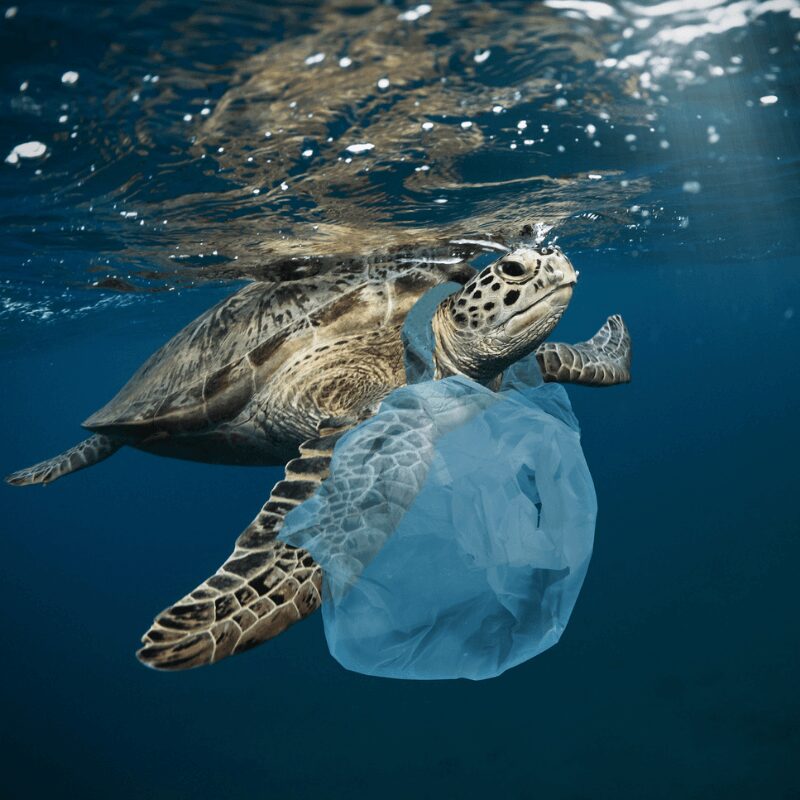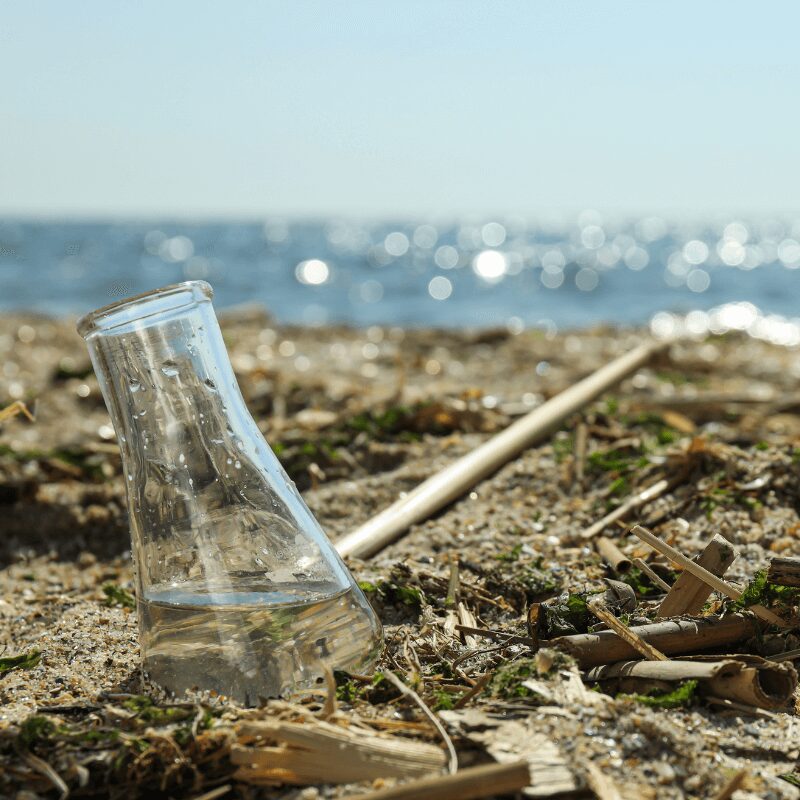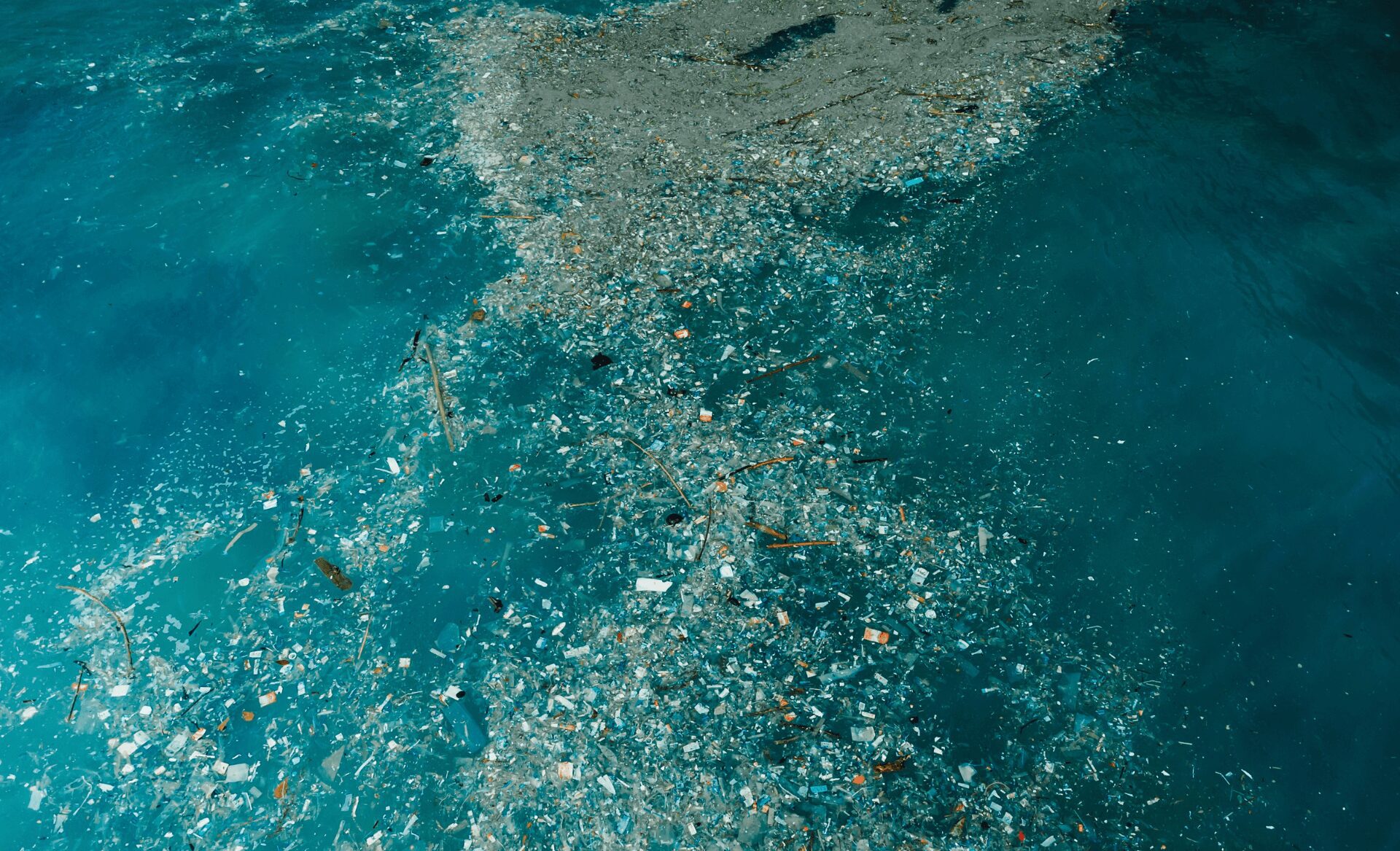Why This Matters More Than You Think
The ocean has long been a symbol of beauty and mystery, teeming with life and providing a source of sustenance, wonder, and balance for our planet. But beneath the waves, something unexpected is happening. The Great Pacific Garbage Patch—one of the most infamous symbols of human impact on the environment—isn’t just a floating mass of plastic waste. It has become an accidental home to an array of marine creatures, forming a new kind of ecosystem that raises both hope and deep concern.
The Unexpected Life in a Sea of Plastic
Recent research has uncovered that the Great Pacific Garbage Patch isn’t just a swirling mess of debris—it has become a habitat. Scientists have found that coastal species typically found along shorelines, are now thriving in the middle of the open ocean. Barnacles, anemones, crabs, and other creatures have adapted to living on the plastic islands drifting through the sea. This discovery is both fascinating and alarming.
On one hand, it shows the incredible resilience of nature, proving that life can find a way in even the most unnatural circumstances. But on the other, it highlights the undeniable reach of plastic pollution. These creatures are surviving, but at what cost? They are dependent on floating trash, an artificial habitat that wouldn’t exist without human waste. The question is no longer just about how plastic is affecting marine life—it’s about how it’s fundamentally changing ecosystems in ways we never anticipated.
Why Should We Care?
It’s easy to feel disconnected from the issue of ocean pollution, especially when it’s happening in the vast, open waters of the Pacific. But this isn’t just an environmental issue—it’s a reflection of our habits and choices. Every piece of plastic floating in the ocean started somewhere, whether it was tossed aside on a city street, left behind on a beach, or improperly disposed of miles away from the coast.

This shift in ocean ecosystems matters because plastic pollution isn’t just staying out at sea. The microplastics that break down from these massive garbage patches are infiltrating the food chain, making their way into the seafood we eat and the water we drink. If entire species are adapting to live on trash, what does that say about the future of our oceans? About the health of our planet? About us?
The Bigger Picture: A Planet in Peril
The fact that life is adapting to floating waste doesn’t mean this problem is solving itself. In fact, it means quite the opposite. The presence of plastic debris is disrupting natural migration patterns, altering food chains, and leading to unpredictable changes in marine ecosystems. What happens when creatures that once relied on coastal environments are now stuck in the open ocean, dependent on an ever-growing mass of garbage?
And let’s not forget the dangers of entanglement and ingestion. Sea turtles, birds, and fish often mistake plastic for food, leading to fatal consequences. A diet of plastic debris can cause internal injuries, starvation, and toxic chemical exposure. These effects don’t just impact individual animals—they ripple throughout entire ecosystems, affecting predators and prey alike.
The Great Pacific Garbage Patch isn’t just a passive accumulation of waste—it’s actively reshaping marine biology. And while nature’s ability to adapt is awe-inspiring, we shouldn’t mistake adaptation for a solution. This isn’t nature thriving. This is nature surviving under conditions we’ve forced upon it.
What Can We Do?
Although the reality of plastic pollution can feel overwhelming, small changes add up to meaningful change. Reducing our reliance on single-use plastics, supporting businesses that prioritize sustainability, and advocating for policies that protect our oceans all contribute to meaningful change.
It’s also important to recognize that cleanup efforts, while necessary, are not enough. Removing plastic from the ocean is a massive challenge, and while innovative technologies are being developed to address this issue, we need to stop the flow of plastic at its source. That means holding corporations accountable, supporting legislation that limits plastic production, and making sustainable choices in our daily lives.

How You Can Help
At Bottleless Nation, we believe that every choice matters. Choosing reusable over disposable, filtering your water instead of buying bottled, and staying informed about the impact of plastic waste are all ways to make a difference. This isn’t just about reducing waste—it’s about reshaping the way we think about consumption and responsibility.
Imagine a world without single-use plastics, where the ocean is no longer a dumping ground but a thriving natural ecosystem. That future is possible, but it starts with us. It starts with the decisions we make every day, from the products we buy to the conversations we have about sustainability.
Follow Bottleless Nation to See How You Can Help
The future of our oceans depends on our choices today. While it’s incredible that life can survive even in a sea of plastic, we owe it to the planet to do better. The Great Pacific Garbage Patch shouldn’t be an ecosystem—it should be a warning. We have the power to change the narrative, to shift from a world that adapts to pollution to one that prevents it in the first place.
Follow Bottleless Nation to learn more about how you can help protect our planet, reduce plastic waste, and be part of the solution. Every effort counts, and together, we can make a real impact.

